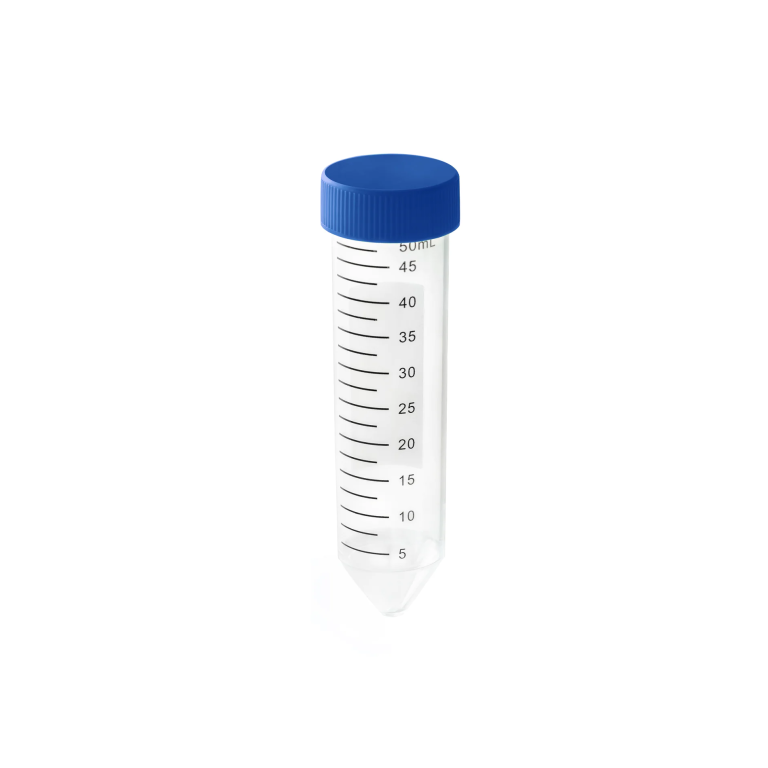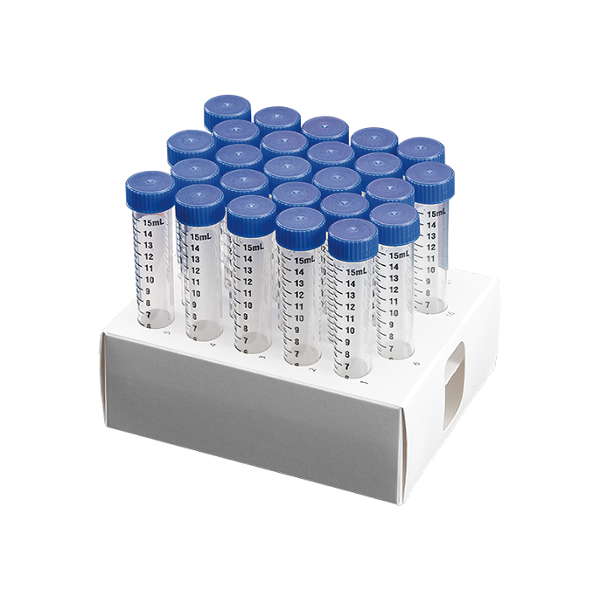To ensure accurate and reliable results when using a serological pipette, it’s important to avoid certain common mistakes and practices that could compromise the precision and effectiveness of the pipetting process. Here are some things to avoid when using a serological pipette:
- Overpipetting or Underpipetting:
- Avoid exceeding the maximum or falling below the minimum volume limits specified for the serological pipette. Doing so can lead to inaccurate results.
- Ignoring Calibration:
- Do not use a serological pipette without checking or calibrating it first. Regular calibration is essential to maintain accuracy. If the pipette is out of calibration, it may deliver incorrect volumes.
- Using the Wrong Pipette for the Task:
- Ensure you are using the appropriate serological pipette size for the volume you need to measure. Using a pipette with a volume significantly different from the intended volume can result in inaccurate measurements.
- Incorrect Pipetting Technique:
- Avoid introducing air bubbles into the pipette tip or liquid, as this can affect the accuracy of the measurement. Always use proper pipetting techniques, such as aspirating and dispensing slowly and steadily.
- Not Pre-Wetting the Pipette Tip:
- Some pipettes require pre-wetting of the tip before use, especially if working with viscous liquids. Failure to pre-wet the tip can lead to variations in the volume delivered.
- Ignoring Temperature Variations:
- Be mindful of temperature differences between the pipette, the liquid, and the environment. Slight temperature changes can affect the density of liquids and impact the accuracy of volume measurements.
- Forcing the Plunger:
- Do not force the plunger of the pipette. Use gentle and steady pressure to aspirate and dispense liquids. Forcing the plunger can lead to inaccurate measurements and damage the pipette.
- Reusing Pipette Tips:
- If using disposable tips, do not reuse them. Reusing tips can lead to cross-contamination between samples and compromise the integrity of your experiment.
- Ignoring Sterility:
- When working with biological samples, adhere to sterile techniques. Contamination can affect the accuracy of results and compromise the integrity of your experiment.
- Neglecting Maintenance:
- Regularly clean and maintain your serological pipette according to the manufacturer’s guidelines. Neglecting maintenance can lead to issues such as sticking plunger or inaccurate measurements.
- Storing Pipettes Improperly:
- Store pipettes in an upright position when not in use. Storing them horizontally or with the plunger depressed can cause the piston to lose its calibration.
Always follow the manufacturer’s instructions for the specific serological pipette model you are using, and be attentive to good laboratory practices to ensure accurate and reliable results.


